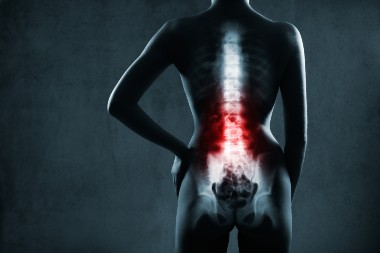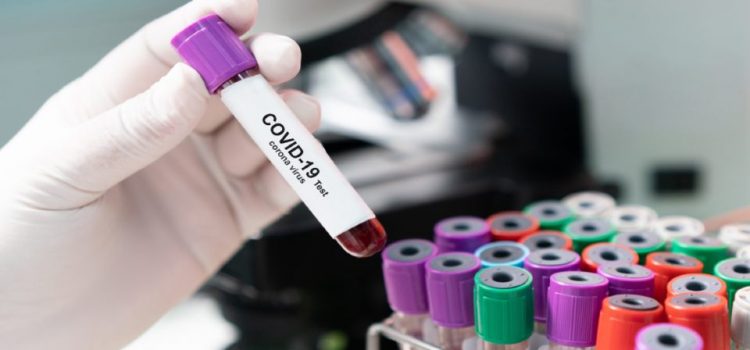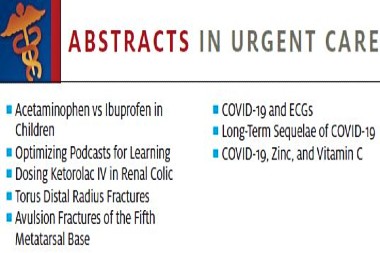Cooling Pain from Digital Nerve Blocks Safety of Corticosteroids in Children Predicting the Course of Pediatric CAP Is Tranexamic Acid Helpful for Epistaxis? Drug Therapy for Sciatica Imaging May Not Correlate with Lumbar Pain COVID-19 Vaccination in Lactating Patients Applying Ice Reduces Pain from Digital Nerve Blocks Take-home point: Use of an ice pack applied prior to the administration of a digital nerve block reduces pain from local anesthetic injection Citation: Rasooli F, Sotoodehnia M, …
Read More







